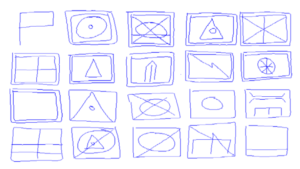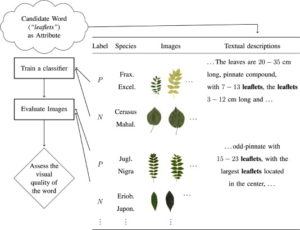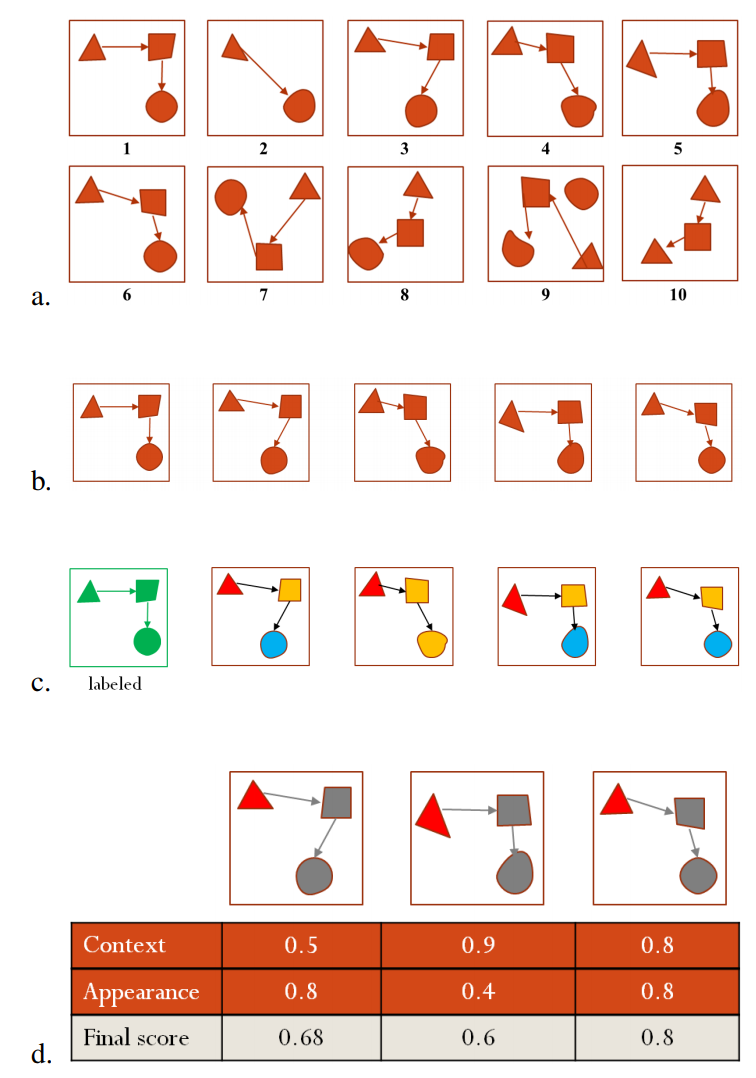Deep Stroke-based Sketched Symbol Reconstruction and Segmentation
We propose a neural network model that segments symbols into stroke-level components. Our segmentation framework has two main elements: a fixed feature extractor and a Multilayer Perceptron (MLP) network that identifies a component based on the feature
DPFrag: Trainable Stroke Fragmentation Based on Dynamic Programming
DPFrag is an efficient, globally optimal fragmentation method that learns segmentation parameters from data and produces fragmentations by combining primitive recognizers in a dynamic-programming framework. The fragmentation is fast and doesn’t require laborious and tedious parameter tuning. In experiments, it beat state-of-the-art methods on standard databases with only a handful of labeled examples.

Knet: beginning deep learning with 100 lines of Julia
Knet (pronounced “kay-net”) is the Koç University machine learning framework implemented in Julia, a high-level, high-performance, dynamic programming language.





